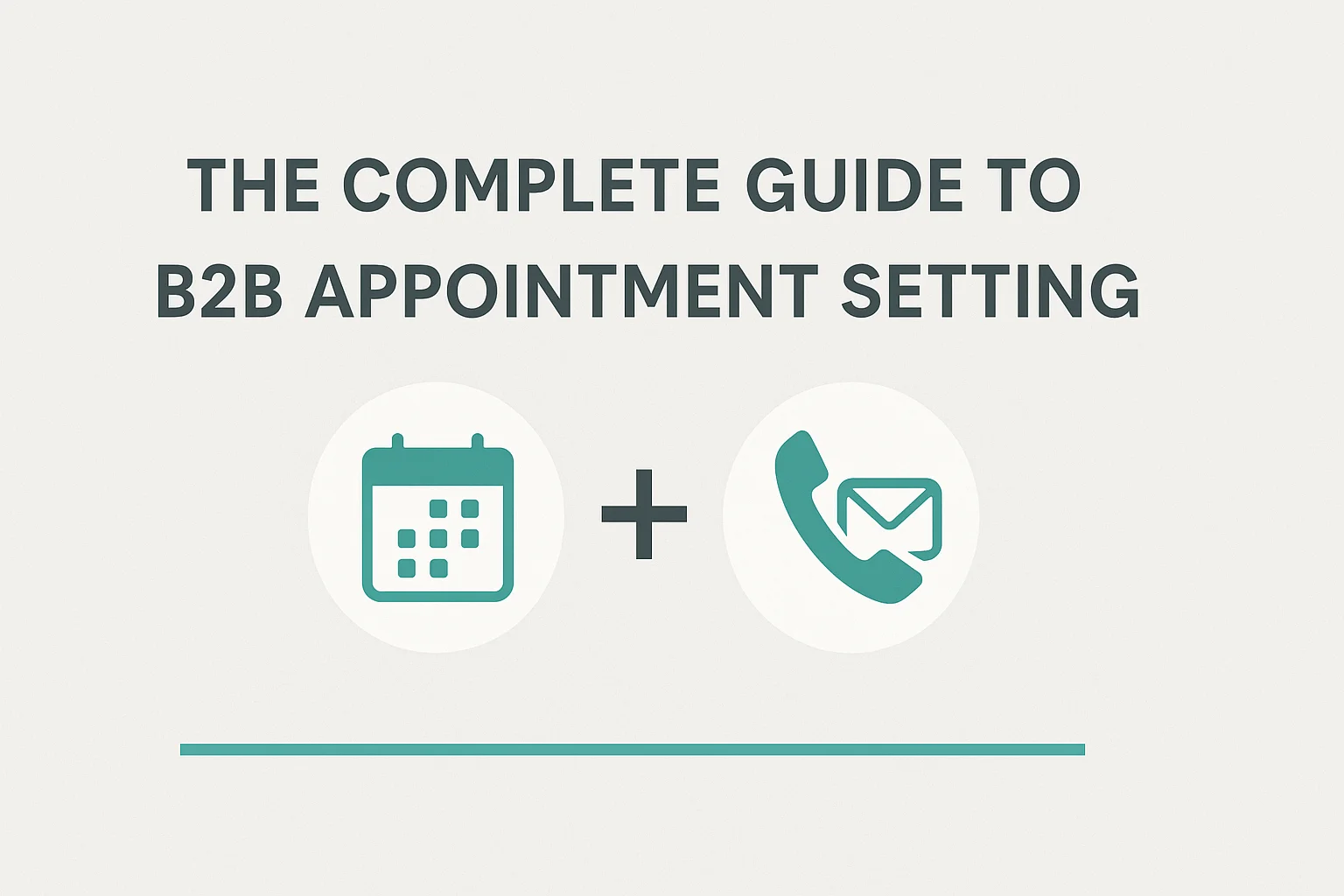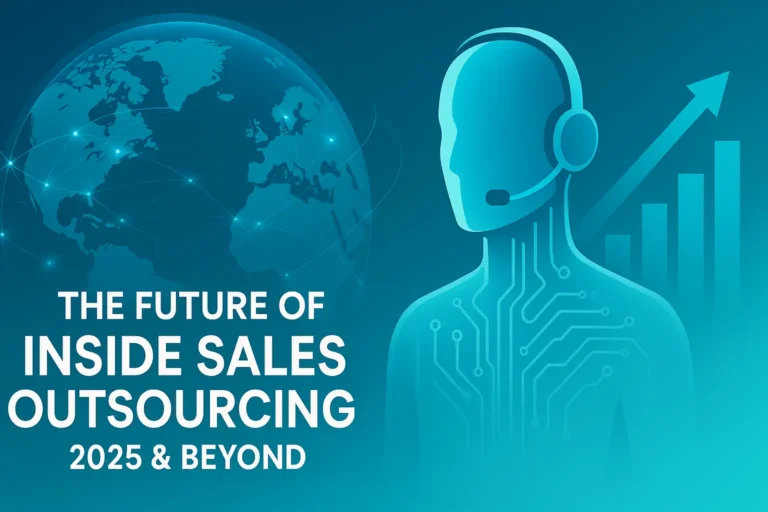The Complete Guide to B2B Appointment Setting
If you’ve ever tried booking a meeting with a stranger in the B2B world, you know it’s not just about persistence.
It’s about timing, messaging, and — let’s be honest — a bit of luck.
Appointment setting isn’t some mysterious art. But it also isn’t easy.
Sometimes you get everything right and still get ghosted. Other times, a quick message gets you a meeting within hours.
Strange? Yes. But that’s just how it works.
Here’s what matters most when you’re trying to set real conversations that actually go somewhere.
Appointment Setting: What It Really Means (And Doesn’t)
A lot of people get this wrong upfront.
Setting an appointment isn’t selling.
It’s not about convincing someone to buy.
It’s about opening a door — just enough — for a conversation.
If you’re pitching hard on the first call or email, you’re skipping steps.
All you’re trying to do is answer one question for the prospect:
“Is this worth 15 minutes of my time?”
That’s it.
Why It’s Harder Now (And Why That’s Actually Good)
It’s never been easier to reach people — emails, DMs, calls, video messages — but somehow, getting a reply feels harder than ever.
The truth is, buyers have gotten smarter. They can spot canned pitches in two seconds.
Weirdly enough, this actually helps good appointment setters stand out.
If you sound real, do your homework, and actually give a damn about their business, you’re already ahead of 90% of the noise out there.
What Actually Works for Setting B2B Appointments
Forget scripts. Forget tricks.
Here’s what real-world appointment setting looks like now:
Know who you’re reaching out to
Not just their job title.
What are they probably dealing with this quarter?
Are they hiring? Are they cutting costs? Expanding?
You don’t need a private investigator. Just five minutes of LinkedIn, website browsing, maybe their last blog post — and you’ll know enough.
If you open a conversation with a detail about them, not you, they’ll notice.
Lead with something that matters
Generic intros kill interest faster than spam filters.
Nobody cares that you’re “excited to connect” or that you’re “passionate about helping businesses grow.”
They care about what you can solve for them — now.
Example:
“Saw your team’s been hiring SDRs — wondering if scaling outbound is a priority for you this quarter?”
It shows you paid attention. Simple.
Make it about them, not about booking your calendar
You’re not trying to force a meeting. You’re offering an opportunity.
Big difference.
Sometimes that opportunity is clear. Sometimes you need to create it by pointing out something they might not have noticed yet.
But either way, the mindset should be:
“Does this feel like it could help them, based on what I know?”
If the answer’s yes, your chances of getting the appointment go way up.
Keep the ask small and easy
Nobody wants to “jump on a 30-minute call” with a stranger anymore.
But a 10-minute exploratory chat? Much easier.
Example ask:
“Would you be open to a quick 10-minute call next week to see if this even makes sense to explore?”
Lower commitment = higher acceptance.
A Few Things Nobody Tells You About Appointment Setting
- Timing matters way more than technique. You could have the perfect message — wrong time, no reply.
- Follow-up without being weird. Two, maybe three follow-ups spaced out politely. More than that? You’re annoying.
- It’s a volume and quality game. You need enough conversations to make the math work. But quality still wins.
Also:
Not every lead is a good lead.
If someone says “not interested,” that’s fine. Move on without wasting cycles.
Channels That Actually Book Meetings Now
In real life — not theory — here’s what’s booking meetings in 2025:
- Cold Email (when it’s actually about the prospect)
- LinkedIn DMs (short, non-pitchy messages)
- Cold Calling (especially after a touchpoint like email or LinkedIn view)
- Video Drops (quick 30-second personalized videos, not demos)
It’s not about the channel. It’s about how human you sound in that channel.
Appointment Setting Isn’t About Being Perfect. It’s About Being Useful.
The people who consistently book meetings aren’t magic.
They’re just real.
They show up with something useful to say, at the right time, without making it all about themselves.No tricks.
No hacks.
Just respect for the buyer’s time







